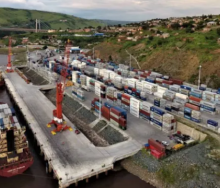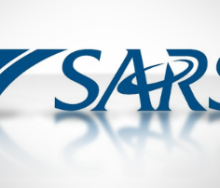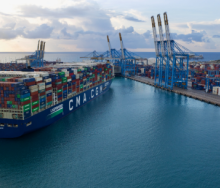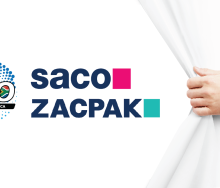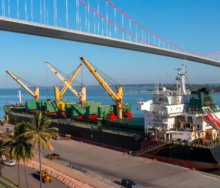Special-purpose vessel manufacturer, Ulstein Verft AS, has unveiled its latest heavy transport creation, the HX121, built to address the escalating logistical demands associated with the global transportation of offshore wind components.
The innovative design incorporates an Ulstein X-Bow, strategically optimising deck space with a well-balanced configuration.
Projections indicate a growing requirement for heavy transport vessels in the offshore wind sector, surpassing the current available capacity.
Over the next decade, an estimated 380GW of offshore wind capacity is anticipated to be integrated into 32 markets.
To fulfil this demand, the industry necessitates not only installation vessels but also additional tonnage to convey foundations and wind turbines from diverse fabrication sites worldwide to marshalling ports or offshore fields.
Historically, the offshore wind sector has utilised barges or semi-submersible heavy-lift vessels for transporting wind turbine components.
However, the market is now seeking more efficient and low-emission vessels for the transportation of large components.
This shift is steering the industry towards the development of the next generation of heavy transport vessels, as articulated by Edwin van Leeuwen, the managing director for the Norwegian innovator.
Aligning with the market's emphasis on low-emission vessels, the Ulstein HX121 is designed to operate on methanol fuel.
Employing green methanol to power the vessel is poised to significantly diminish its carbon footprint, with the potential for E-methanol to reduce the footprint to zero. Methanol boasts several advantages as a marine fuel, including its safety, ease of storage, and relatively low production costs.

